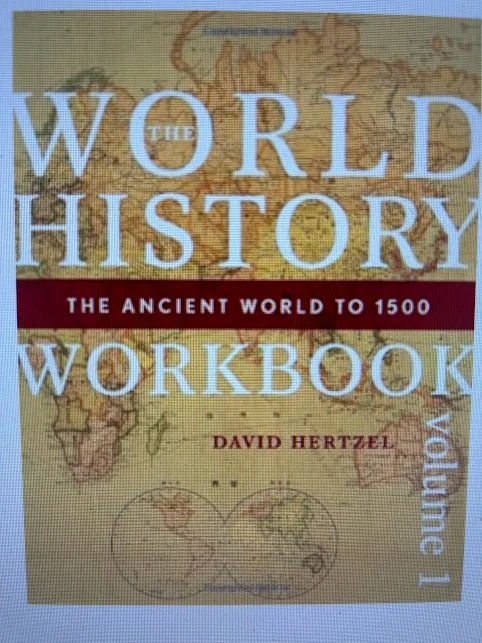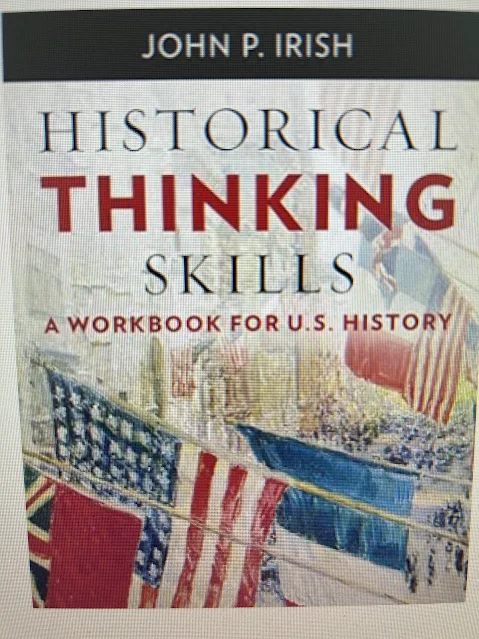Elementary Education Study Plan
Teacher Preparation in Pennsylvania
Your study plan includes directions on how to use ABCTE’s resources. We also include recommended resources to aid in your mastery. This plan was designed for a 9-month period (4 months for Professional Teaching Knowledge (PTK); 4 months for the subject matter; 2 weeks to take each test) in which most people are able to complete the program. Many have completed the program in a shorter amount of time.
https://www.amazon.com/Instruction-Reading-Enhanced-Pearson-Education/dp/0133827089
Areas of Study Percentage of Exam
Reading and English Language Arts 32%
History and Social Science 20%
Mathematics 28%
Science 20%
1. Alphabetics & Fluency:
- Alphabet Basics and Phonemic Awareness
- Phonics Instruction
- Fluency
2. Comprehension of Text:
- Vocabulary Development
- Interpretation and Evaluation of Informational Texts
- Interpretation and Evaluation of Literacy Texts
3. Oral & Written Language Development:
- Standard English Language Conventions
- Language Acquisition and Development
- Comprehension and Delivery of Spoken Messages
- Writing Strategies and Application
- Research Strategies
4. United States History:
- Early Exploration, Colonial
- Era, and the War for Independence
- The Development of the
- Constitution and the Early Republic
- Civil War and Reconstruction
- The Rise of Industrial America
- Modern Times
5. World History:
Ancient Civilizations
Medieval and Early Modern Times
Modern Times
6. Civics & Government:
- Geography
- Economics
- Reasoning Skills
7. Number Sense:
Numbers, Relationships
Among Numbers and
Number Systems
Computational Tools,
Procedures and Strategies
8. Geometry:
Two and Three Dimensional
Geometric Objects
Representational Systems, Including Concrete Models, Drawings and Coordinate Geometry
Techniques, Tools and Formulas for Determining
Measurements
Numbers
Numbers in Their Prime
Calculating with Rational Numbers
Fractions
Polygons
Properties of Polygons
Transformations
Three-Dimensional Figures, or Solids
Proofs
Representational Systems
Measuring Triangles
Measuring Quadrilaterals
Measuring Circles
9. Statistics:
Collection, Organization, and Representation of Data
Inferences, Predictions, and Arguments Based on Data
Basic Notions of Change and Probability
Mathematical Reasoning and Problem-Solving
10. Life Science:
Structure of Living Organisms and Their Function
(Physiology and Cell Biology)
Living and Nonliving
Components in Environments (Ecology)
Life Cycle, Reproduction, and Evolution (Genetics and Evolution)
11. Earth & Space Science:
The Solar System and the Universe
The Structure and
Composition of the Earth (Geology)
The Earth’s Atmosphere (Meteorology)
The Earth’s Water (Oceanography and Fresh Water Bodies)
The Earth’s Resources
12. Physical Science:
Structure and Properties of Matter
Principles of Motion and Energy
Scientific Investigation Skills
1. Which of the following is least likely to be useful in gaining knowledge on a specific scientific topic?
- Reading the results and conclusions of prior experiments on the topic
- Communicating ideas with other people investigating the topic
- Performing the same experiment multiple times with a different hypothesis
- Proving a hypothesis on the given topic to be true or false
Answer Explanation : If the same experiment is performed multiple times, without any change in any of the variables, the same results are likely to occur. Once those results have been recognized, different or varied experiments need to be conducted to learn more. Knowledge can also be gained by reading about prior results, communicating with others, and proving a hypothesis to be true.
2. Sir Isaac Newton (1642-1727) is credited with formulating:
- Three Laws of Motion
- The field of Astronomy
- Theory of natural selection
- Theory of relativity
Answer Explanation : Newton was a mathematician, physicist, and one of the foremost intellectuals of modern times. He is responsible for many great discoveries and scientific advances including the invention of the telescope, calculus, and laws of motion and gravity. The First Law of Motion deals with the concept of inertia; the Second Law of Motion explains acceleration; the Third Law of Motion states that every action has an equal and opposite reaction.
3. In scientific experimental design, which of the following predicts that the independent variable will not have an effect on the dependent variable, as a means of eliminating bias?
- Null hypothesis
- Alternative hypothesis
- Controlled variable
- Hawthorne Effect
Answer Explanation : The NULL hypothesis predicts that the independent variable, which is manipulated during the experiment, will not have an effect on the dependent variable, which is what is being measured. The NULL hypothesis is presumed to hold true until experimental results disprove it. At that time, an alternative hypothesis would probably be proposed and tested.
4. When demonstrating the use of a solvent in the classroom, the teacher should make sure to store it in?
- a locked plastic cabinet.
- in a corner of the classroom, away from students.
- in a metal cabinet.
- in a wooden cabinet.
Answer Explanation : Because solvents pose a fire hazard, they should be stored in a fire-resistant container, such as a metal cabinet. Choice B would not protect students or the classroom from a potential fire. Choices A and D are better options, but would not contain a fire if the solvent evaporated and created the possibility of a fire.
5. During a field trip, students look out the bus window and see the sun's rays refracting on falling rain. What phenomenon are the students observing?
- Water condensation
- Water evaporation
- A rainbow
- Clouds being formed
Answer Explanation : Rainbows are created when sunlight rays pass through water. The arc of colors is caused by the reflaction, or bending of light. Students learn about rainbows at an early age. By second or third grade, students will likely be able to explain what causes a rainbow.
6. A second-grade science experiment involves the dyeing of flowers based on the hypothesis that flowers will change colors when food dye is mixed with the water that is feeding them. One student suggests trying all three different colors separately instead of one. Is adding more colors a way to make this experiment any more valid?
- Yes, the experiment is about the time it takes to change the flower's color.
- No, the experiment is about the type of flower used.
- No, the experiment is about whether it is possible to change colors.
- Yes, the results could be averaged based on color.
Answer Explanation : Adding colors would not make the experiment more scientifically valid. The experiment is merely to discover whether it is a possibility to change a flower's color with dye. Adding or changing the color would not affect the outcome of the experiment. However, since the hypothesis is about flowers in general, it would be useful to attempt the color experiment on several kinds of flowers.
7. In contrast to compound microscopes, stereo microscopes have...
- audio earpieces.
- two eyepieces.
- the ability to produce two-dimensional images.
- a diminished depth of field.
Answer Explanation : Stereo microscopes use two eyepieces to produce a three-dimensional visualization of the image being studied. Stereo microscopes do not feature any audio component, and actually have a superior depth of field when compared to the more traditional compound microscope.
































